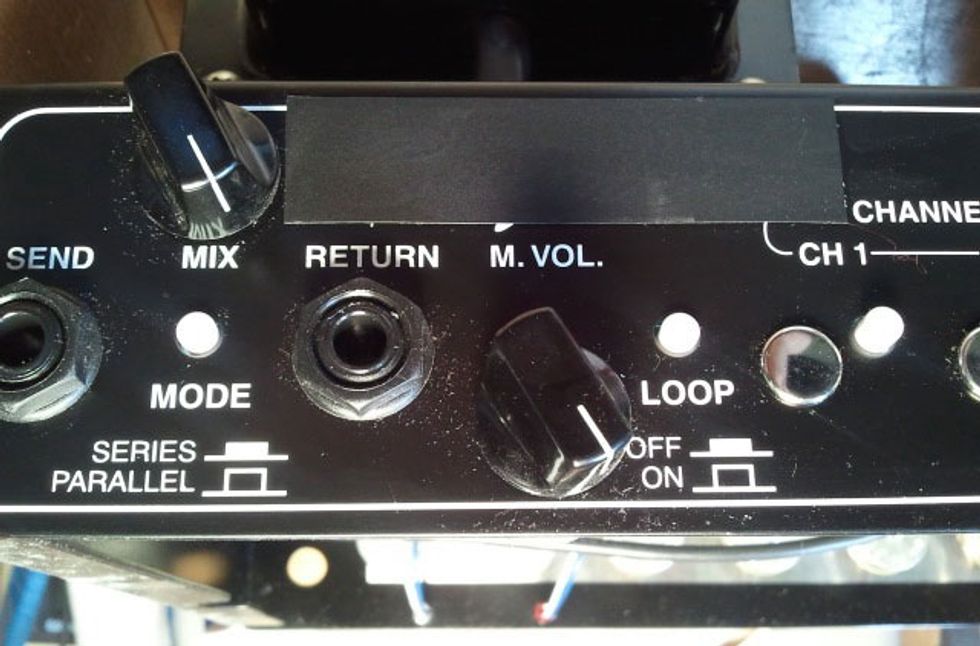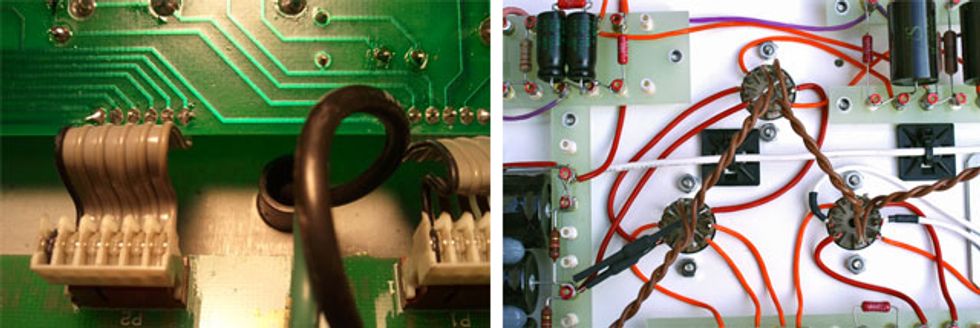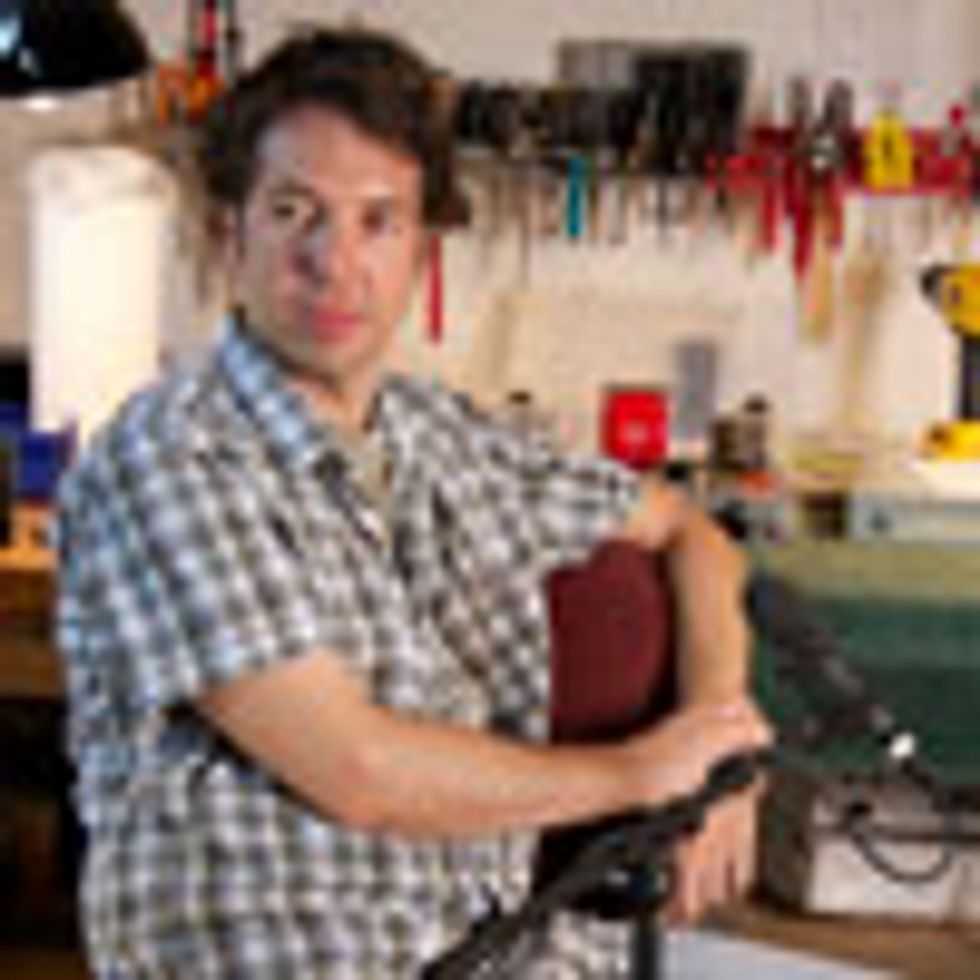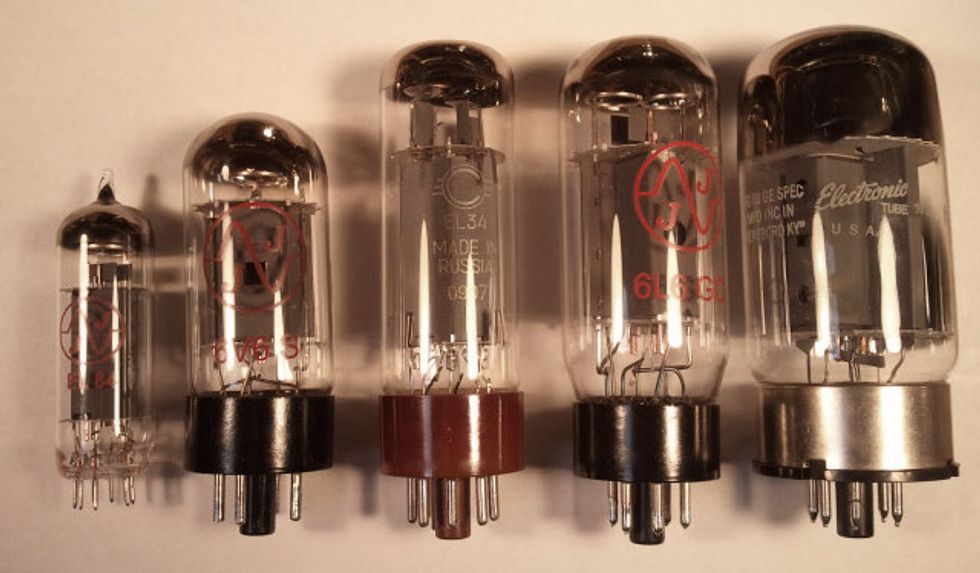So you are in the market for a new tube guitar amplifier. Perhaps you are new to the electric guitar and need your first amp. You may have decided to switch from a solid-state amplifier to a tube amp. Or maybe you have just outgrown, or need a change from your current tube amp. With all the choices out there, there are a few guidelines to consider. Let’s start by figuring out what our goal is, and then look at amp characteristics and their effect on performance.
How Many Watts?
The first thing you may want to consider when searching for a new guitar amplifier is the wattage which will best suit your needs. Will you primarily be playing in your home, gigging at bars and clubs, or playing large venues? Do you need high headroom, or do you want power tube breakup at low volumes? A player looking for an amp to play in their home may want to focus their search for an amp that will break up at a much lower volume, so not to rouse the neighbors. Tube amps sound their best when pushed to some degree—and while playing a 100-watt Marshall half stack at home might look cool—the amp won’t get to shine if you are limited to keeping the volume level at one. On the other hand, a 5-watt amp can be played at much lower volumes, since the power tubes will be pushed into clipping much earlier.
It’s worth noting here that a 100-watt amp is not twice as loud as a 50-watt amp—the difference between the two is only about 3 dB. Twice the wattage really comes down to more headroom. And let’s not forget the aspect of portability, since a 100-watt head will have some weight to it. Unless you can afford roadies, you need to make sure you are up for carrying it from gig to gig with the cabinet.
Types of Tubes
Tube type is another important consideration. The different types of power tubes each have a particular sound based on their characteristics. Generally speaking, a 6L6 power tube offers nice roundness, clarity, and punch compared to an EL34, which commonly has tight lows, sparkling highs, and a nice mid-range. EL84s have much lower output, but offer a smoothness and harmonic distortion similar to a 6V6, which is bluesy with nice low frequency fullness. The big and powerful 6550s and KT88s are very clean sounding with a lot of low end.
Preamp Pondering
Having covered the basics of the power amp, it is time to consider the preamp. The power amp considerations are important since the power tubes affect the overall output in terms of headroom and breakup, but it’s the preamp that really does most of the tonal shaping of the amp. What we are concerned with is the preamp circuit type and what features it possesses—such as reverb, effects loops, or multiple channels.
A player that needs to rely on one amp that is able to provide varying degrees of distortion may want to consider an amp with multiple channels. Typically, there may be anywhere from one to four channels on a guitar amp. Amps with multiple channels offer flexibility by allowing the player to rely less on pedals for overdrive, and more on utilizing the independent gain controls for each channel of the amp. Most high gain amps have at least two channels—clean and gain—where the player can turn up the preamp gain and leave the master volume set at a lower level. This will allow higher distortion at a much lower volume level. Keep in mind that preamp tube break up sounds different than power tube break up, and is less touch sensitive.

While multi-channel amplifiers offer built-in flexibility, a player looking for purity of tone may be better off with a single channel amp. It is important to bear in mind that you will color your tone by running your guitar through springs in a reverb pan, multiple channels, or jacks and cables in and out of an effects loop. Simply put, the more components in the signal chain, the more the signal purity will be altered. And when an amplifier has three preamps, a reverb circuit, effects loop, buffers, and additional gain stages—but is the same price as a less complex model—costs were probably cut somewhere.
Budget
Your budget may really be the deciding factor when considering purchasing a new amplifier. When it comes to electric guitars, it has been said that one could get a better sound with a $4,000 amp and a $400 guitar, than a $4,000 guitar paired with a $400 amp. Better is relative here, but I have to agree. To be clear, higher priced does not always equal better tone, or even better quality. I have seen amps costing thousands of dollars with a lower quality level than an amp costing a few hundred. As with most purchases, setting your budget usually involves looking at what’s available that will suit your needs—from the less expensive options up through high. So start a list of available amps—from the cheaper, mass-produced amps at the bottom through the boutique, hand-built amps at the top end—and then work within the class of amp your budget allows.

is whether the amp is PC board (left) or hand-wired (right)
Reliability Recommendations
Another form of advice I can give when shopping for a guitar amplifier is to ask your trusted amplifier technician for a recommendation on a reliable amp. Techs see and work on the guts of the amps everyday, so who better to ask? A sad fact is that an increasing number of modern-made amps are not easily serviceable—some amps can require hours of work to fix simple issues due to poor construction, layout, and design. Poor quality parts may need more frequent maintenance, as wire clips and flimsy circuit boards aren’t usually built to last. When components fail—often due to manufacturers cutting costs and going with low quality pots and jacks—replacing them can sometimes involve completely gutting the amp, in order to simply access the faulty part. The average consumer is usually not aware of these issues until it’s time for the amp to get serviced. Amplifiers with well-executed, point-to-point wiring, high quality components, and careful attention to the details of construction, could last decades before needing any servicing. And in the end, that can save the user a lot of money.
I hope those in search of their next tube guitar amp will find some of this advice beneficial. Just consider what your needs are in an amplifier, and then work towards finding the best candidate that will facilitate those needs. In the end, let your ears be your guide. Happy hunting!
 Tim Schroeder is the President and chief engineer at Schroeder Audio Inc. of Chicago Illinois where he is responsible for new product design/construction as well as over seeing repair operations at Schroeder Guitar and Amplifier Repair. schroederaudioinc.com
Tim Schroeder is the President and chief engineer at Schroeder Audio Inc. of Chicago Illinois where he is responsible for new product design/construction as well as over seeing repair operations at Schroeder Guitar and Amplifier Repair. schroederaudioinc.com







![Rig Rundown: Russian Circles’ Mike Sullivan [2025]](https://www.premierguitar.com/media-library/youtube.jpg?id=62303631&width=1245&height=700&quality=70&coordinates=0%2C0%2C0%2C0)

















